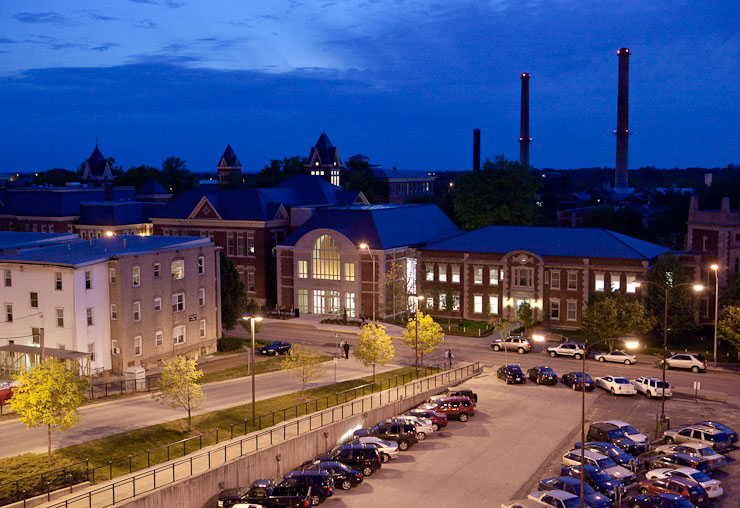A sequence of two images made on the same night as my last post:
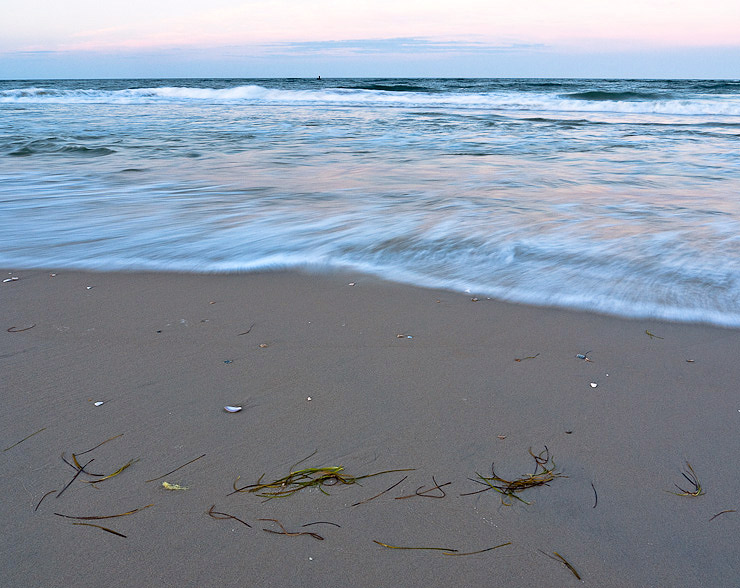
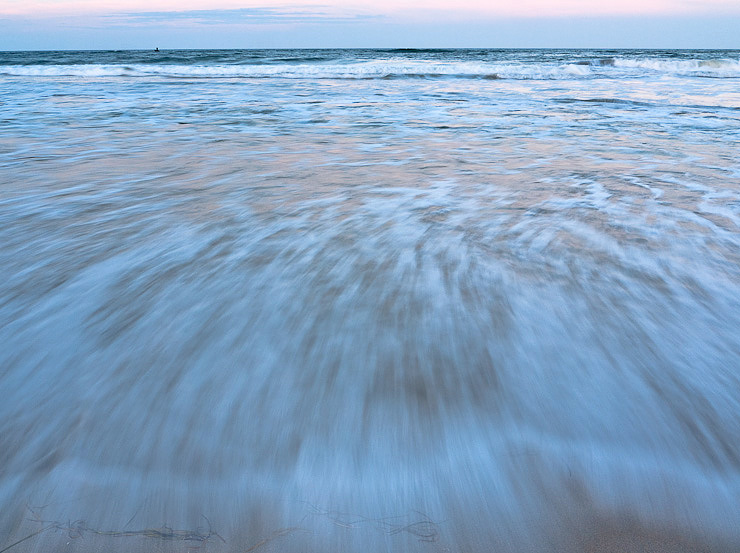
editorial, lifestyle, travel, and architecture photography & fine art boutique printing
A sequence of two images made on the same night as my last post:


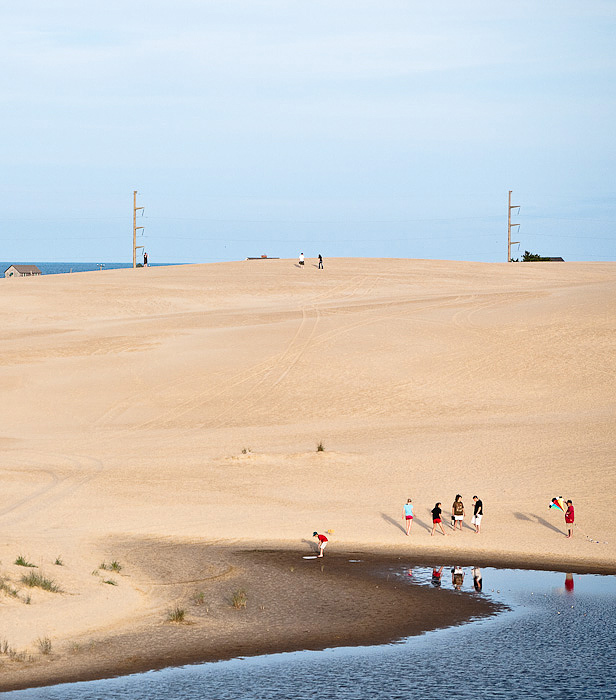
Tonight, after checking in at our hotel in Manteo, N.C. on Roanoke Island, site of the “lost colony” (the first English settlement in the New World disappeared with little trace), Elizabeth and I drove over to Bodie Island. Part of the Outer Banks, Bodie Island has some pretty interesting attractions, including the site of the Wright Brothers’ first flight at Kitty Hawk, N.C., Jockey’s Ridge State Park, which is home to the largest sand dune in the eastern United States, and the Bodie Island Lighthouse, which would normally be pretty spectacular. Unless, of course, you get there when it’s wrapped in tarps and scaffolding. Damn.
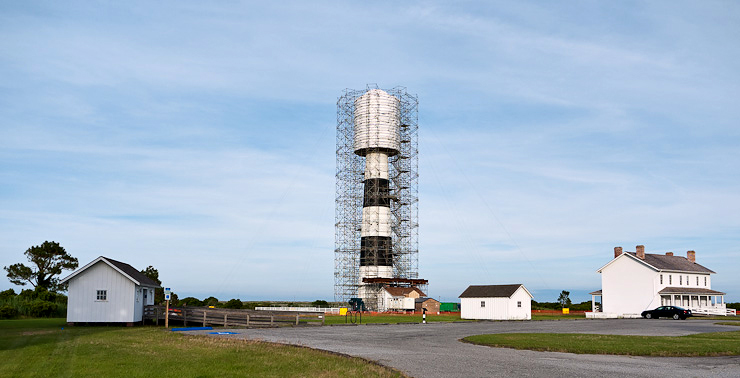
After the failure at the lighthouse, we drove back to Jockey’s Ridge State Park. It’s a haven for people flying kites as well as hang-gliding. Unfortunately, by the time we got there, the hang-gliding seemed to be over for the day. However, it gave me another opportunity to experiment with the Olympus 9-18mm f/4-5.6 lens for Micro Four-Thirds. It is a sharp and fun little lens. I’m not thrilled with the collapsing barrel design, which makes the lens inoperable when collapsed until you zoom out.
I think that I understand why Olympus has approached zoom lens design this way, because it does give Micro Four-Thirds lenses the (admittedly, false) appearance of being smaller than they really are. In essence, when not in use (collapsed), it makes a nice, tidy package with their PEN cameras. But it also makes them a bit of a pain to use.
However, shortcomings aside, it is a handy and sharp lens to have in the kit. And considerably less expensive than Panasonic’s lens, although I would like to test theirs for a comparison. (Hey, Panasonic: hint, hint!)
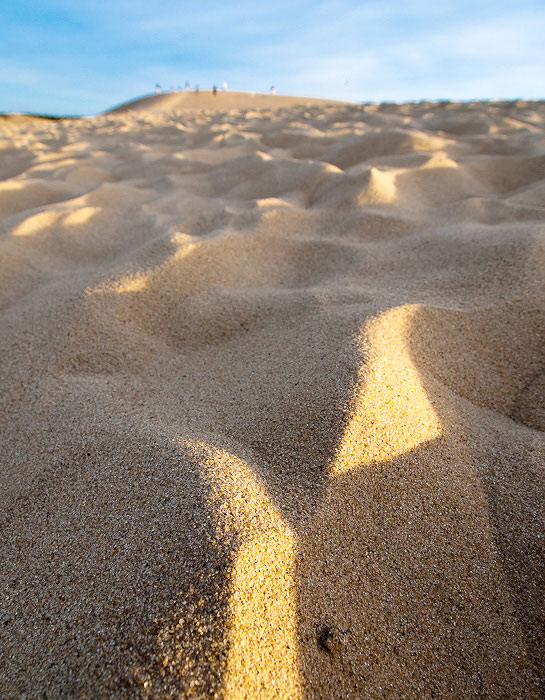
To our collective amusement, Elizabeth and I discovered, on our way back from the dunes, that the boardwalk perfectly framed a row of Pepsi vending machines to greet those who did not know how else to be welcomed back to civilization from their brief connection with nature but to drown themselves in carbonated sugar water:
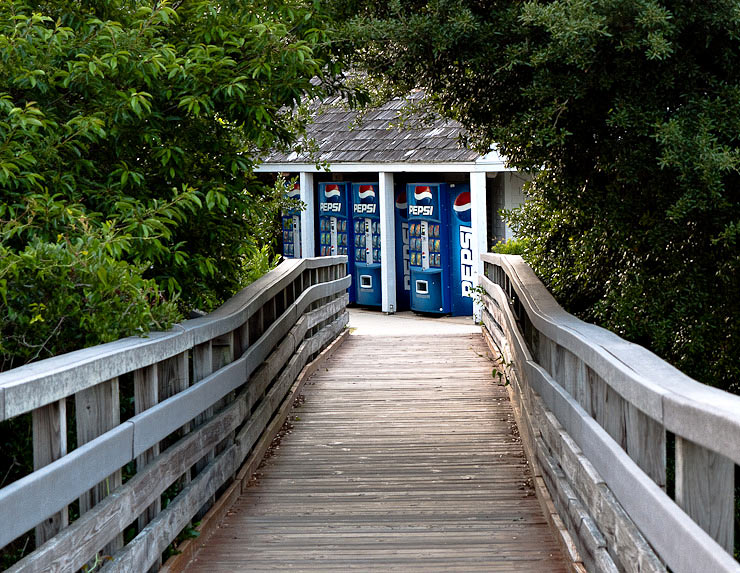
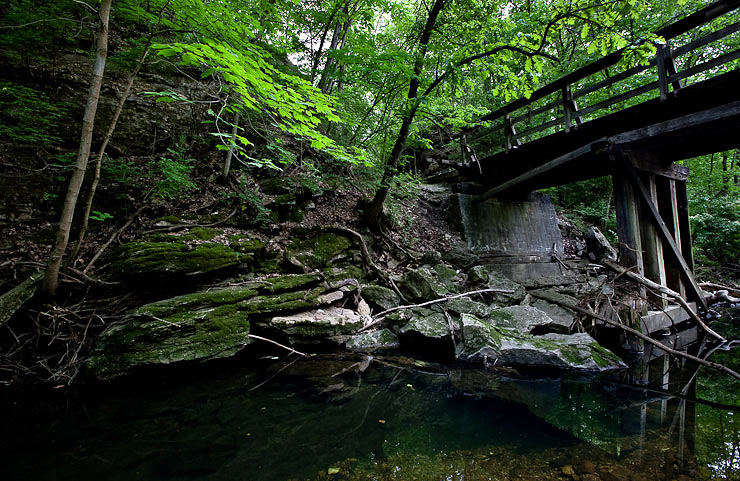
One more landscape before I post the first draft (well, what will be the “final” for my Picture Story class) of my essay on the MKT Trail on Thursday.
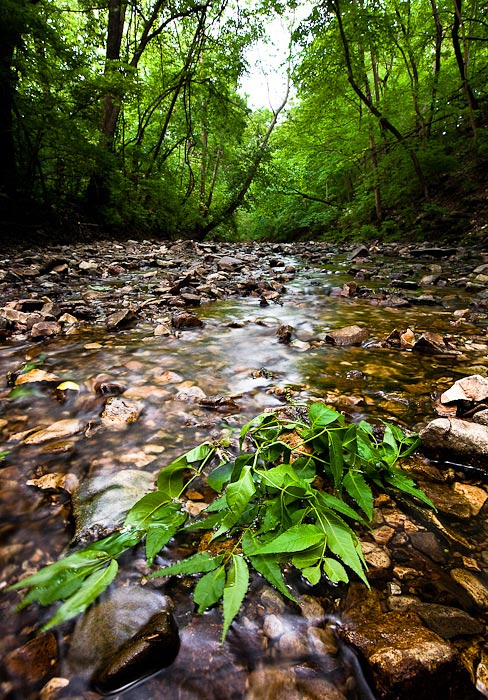
I was out this evening, working on some more pictures and video for my project on the MKT Trail that runs through Columbia, Mo. and connects to the Katy Trail in McBaine, Mo. I’ve been meaning to get into the creek beds, and wore quick-dry pants and sandals with that purpose in mind the other day, but wound up staying dry because many of the creeks are precarious to get down to when you’re laden with camera gear.
Today, however, while walking along a stretch of the trail near the Martin Luther King, Jr. Memorial Garden off of Stadium Boulevard, I found great access down to Flat Branch Creek. Now, my jeans are hanging up to dry, because the only way to get an appropriately low angle was to kneel down behind my tripod, which was only inches above the running water.
As always, comments and criticism welcome!
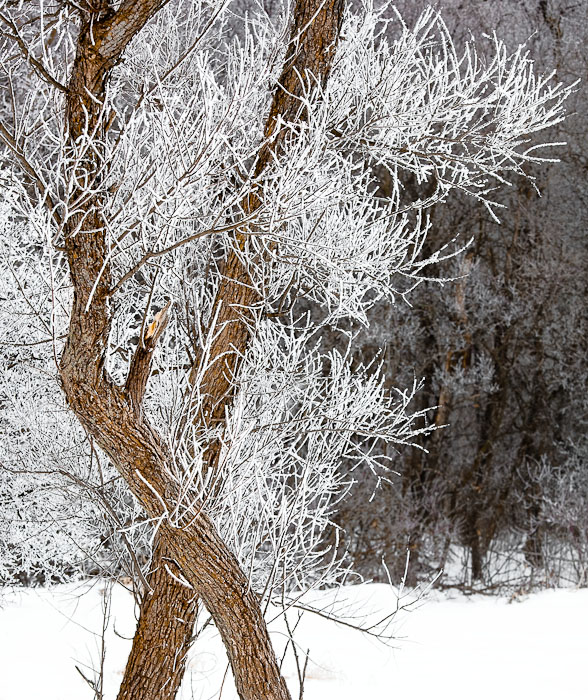
While I was driving from Racine, Wis. back to Columbia, Mo. last Sunday, 17 January, a I found that the “freezing fog” advisory we had heard about the night before had given the branches of all of the trees along the way a white glow. Much of the drive was on the interstate, but before I could get out to I-43 to shoot to Beloit and drive the length of Illinois via Rockford, I had to drive on two-lane highways. Here, on Wisconsin Highway 11 in Burlington, about one mile short of the on-ramp to I-43, I decided to stop and make a few pictures. It was a supremely overcast day, so the 11:30am sun did not hurt the pictures at all.
Fortunately, while all of my equipment was loaded in the trunk of the car, it was not entirely inaccessible. I pulled over to the side of the road, switched on my hazard lights, popped the trunk, and reached for my 5D Mark II and a couple of lenses before walking about. The only thing I didn’t take the time to do was switch out my shoes for boots. Those snow drifts on the side of the highway are a little deeper than they look!
More photos after the jump!
Continue reading “A Winter Wonderland”
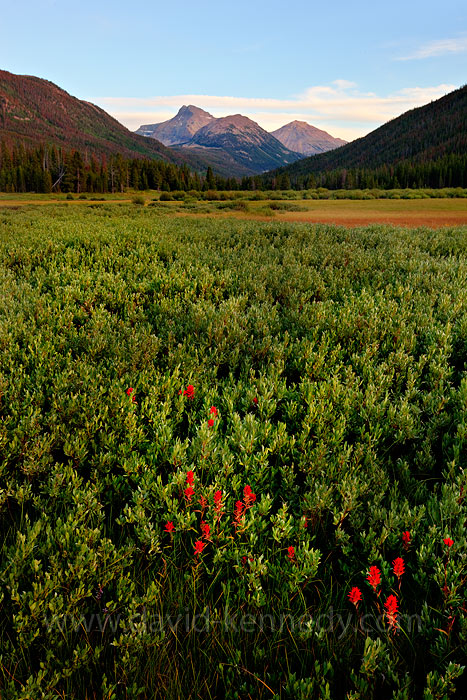
I’ve been going through my photographs from Utah, and found a few images I intended to blend together to form high dynamic range photographs. The above is one such image, made on a tripod at 100 ISO and f/16, with my shutter speed going from 1/2 second in the first exposure to 1/4 second, and finally 1/8 second in the third and final image.
I blended them together in Photomatix last night, and then applied curves and selective color, as well as a healthy dose of “local contrast enhancement” (Unsharp Mask @ 15%, Radius 60).
Fittingly, it was made at a place along the Mirror Lake Scenic Byway in Utah named “Christmas Meadows!”
Update: Here’s one more from the same evening and location. Oh, and I’ve got a panorama or two (finally) coming together to post here as well.
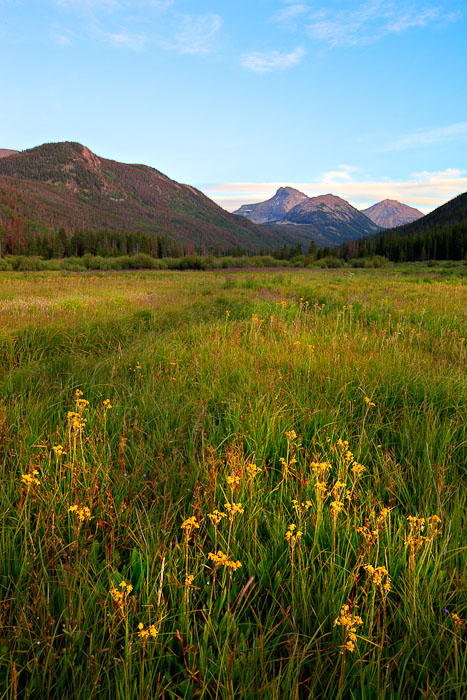
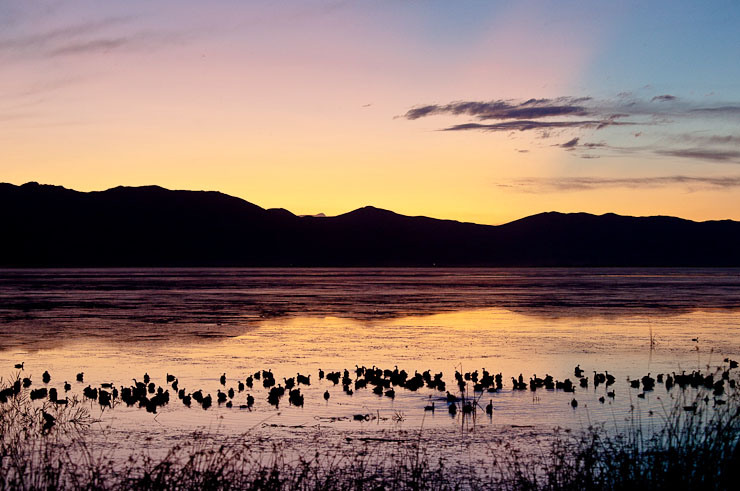
Back at the end of July, I flew out to Salt Lake City, Utah to join my girlfriend on a car-camping trip along the Mirror Lake Scenic Byway that runs through the High Uinta Wilderness Area in the Wasatch-Cache National Forest. At the end of the trip, we stayed two nights in Brigham City, the gateway to the Bear River Migratory Bird Refuge. In many ways, Bear River is the “Bosque” of Utah.
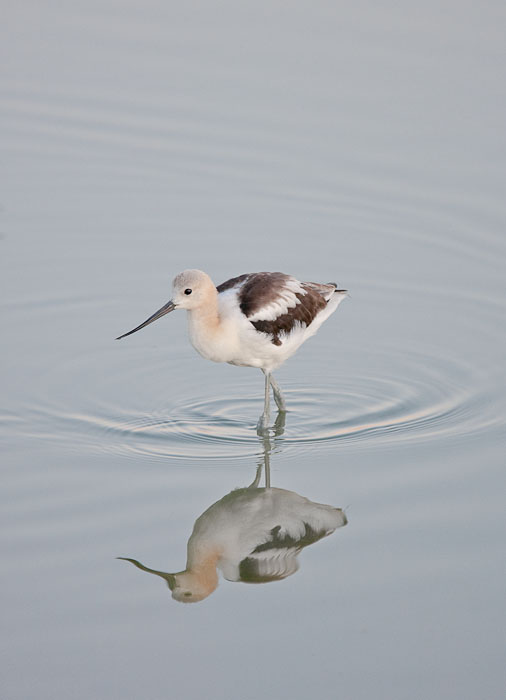
I had only two days there, and the weather on the second day was somewhat uncooperative due to some storm systems that were moving through (the high winds were still blowing the next day for our flight out of Salt Lake, which made for a turbulent take-off!), but would say that the opportunities for great bird photography are there. Artie Morris took a trip out there in 2006, so my observation comes as little surprise. When I return, which will probably be in 2011 as the refuge is planning an extensive road paving project into the middle of next year, I would definitely try to time my visit for May or September.
The real treat for me at Bear River is the great numbers of American Avocets. Unfortunately, by the time I found an ideal pond on the side of the refuge road where the sun angle was perfect, the quality of the light was great, and the birds were close, it was also getting dark. Many of my pictures were made at ISO 800 on the 1D IIN, which is what I consider the limit for acceptable noise for wildlife photography (on that camera).
An aside: I made photos with the 5D Mark II at ISO 2500 and 3200 that I would have no shame in printing large as the noise is so low, but the IIN has real issues beyond 800. For photojournalism and sports, I don’t mind going to 1600, but 3200 is absolutely horrible. The 1D III is a different story, but so is its autofocus!
One thing that I truly enjoyed about Bear River in early August is that it felt like I had the refuge to myself. I passed very few other cars, but strangely saw only one other photographer. Amazingly, the opportunities for photography are not limited to birds and wildlife. The landscape of the refuge is stunning: the mountains in the background are reflected very clearly in the “units” of the refuge that have been flooded, essentially creating a large lake, and some of the wetland grasses and sedges make interesting, layered patterns.
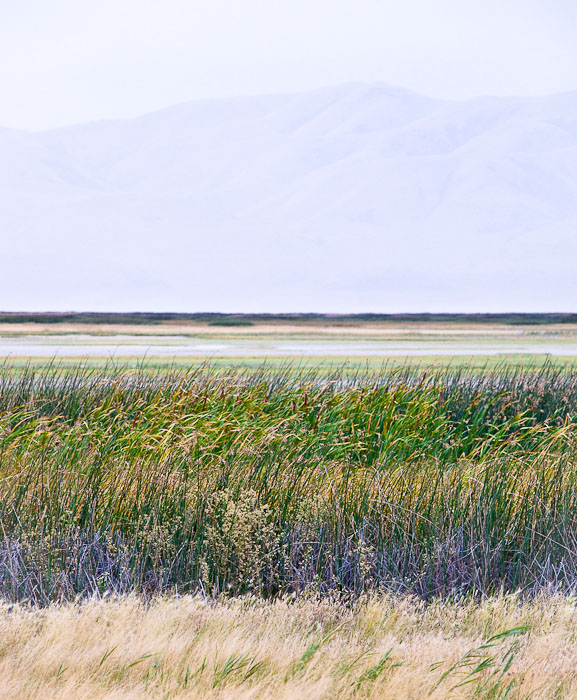
More of this post after the jump!
Continue reading “Utah Trip Report: Bear River Migratory Bird Refuge”
This is an image I made on my way back to my car last night after working in the journalism school library for a couple of hours. I was only parked on the third floor, but decided to go up to the roof (sixth floor) for a different perspective. Next time, I’ll take my tripod and tilt/shift lens. It’s nice to take the occasional break from photojournalism!
